Are you looking to breathe new life into your old shoes or perhaps customize a pair to match your ever-evolving style? The magic lies in choosing the best fabric paint for shoes. Whether you’re a sneaker aficionado, a fashion lover, or just someone wanting to add a personal touch to your footwear, this guide will walk you through everything you need to know about fabric paint for shoes. We’ll explore various products, delve into real-world experiences, and equip you with tips to achieve amazing results. Let’s dive in!
Why Use Fabric Paint for Shoes?
Fabric paint is a versatile medium that allows you to express your creativity on a variety of surfaces, particularly footwear. Unlike traditional paints, fabric paints are designed to bond with the fibers in the fabric, ensuring durability and flexibility. This characteristic is particularly important for shoes, as they undergo regular wear and tear. Using fabric paint ensures that your designs remain vibrant and intact, even after multiple wears and washes.
Benefits of Using Fabric Paint for Shoes
- Durability: Fabric paints are designed to withstand outdoor conditions and everyday wear, making them ideal for shoes.
- Flexibility: Once cured, the paint moves with the fabric, preventing cracking or peeling.
- Vibrant Colors: The color saturation of fabric paints is often superior to regular acrylic or water-based paints.
- Easy to Use: Most fabric paints come in user-friendly packaging and can be applied with brushes, sponges, or even spray bottles.
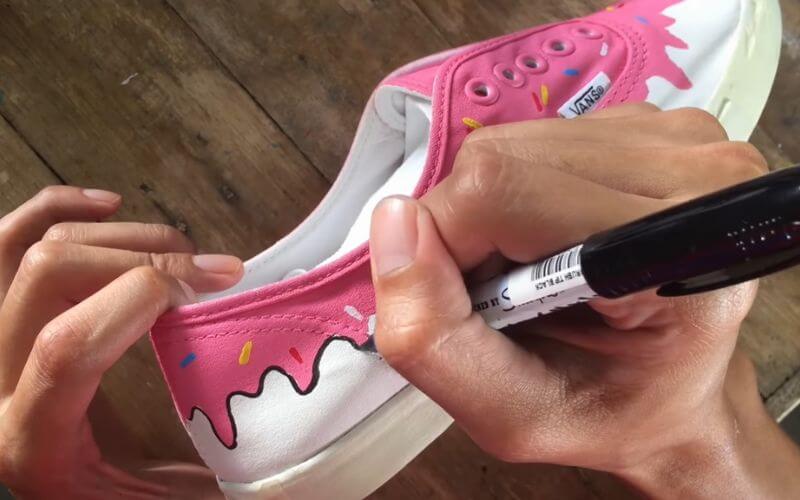
What to Look For in Fabric Paint for Shoes
When choosing the best fabric paint for your footwear, consider the following factors:

1. Type of Paint
Fabric paint typically comes in two forms: acrylic-based and water-based. Acrylic paints provide a richer finish and are known for their durability, but they can often be stiffer once dried. Water-based paints, on the other hand, are more flexible and easier to clean up but may require more coats to achieve the desired opacity.
2. Color Range
Choose fabric paints that offer a wide color palette. Having multiple options allows for creative versatility, whether you want a subtle shade or bold hues to make your designs pop.
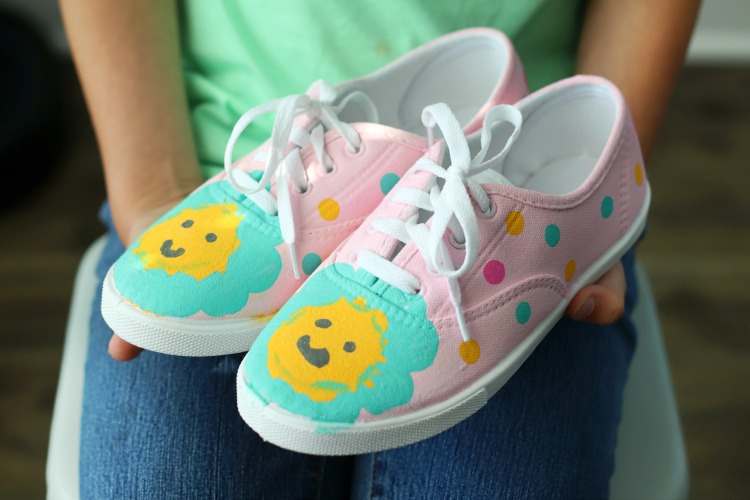
3. Application Method
Some fabric paints are better suited for specific application methods. For instance, spray paints are excellent for larger areas, while pens or brushes allow intricate detailing. Ensure the paint you select aligns with your creative vision.
4. Set Time
Set time refers to the time it takes for the paint to dry completely. Depending on your project schedule, you may prefer fast-drying options. Most fabric paints take anywhere from 1 to 24 hours to cure fully.
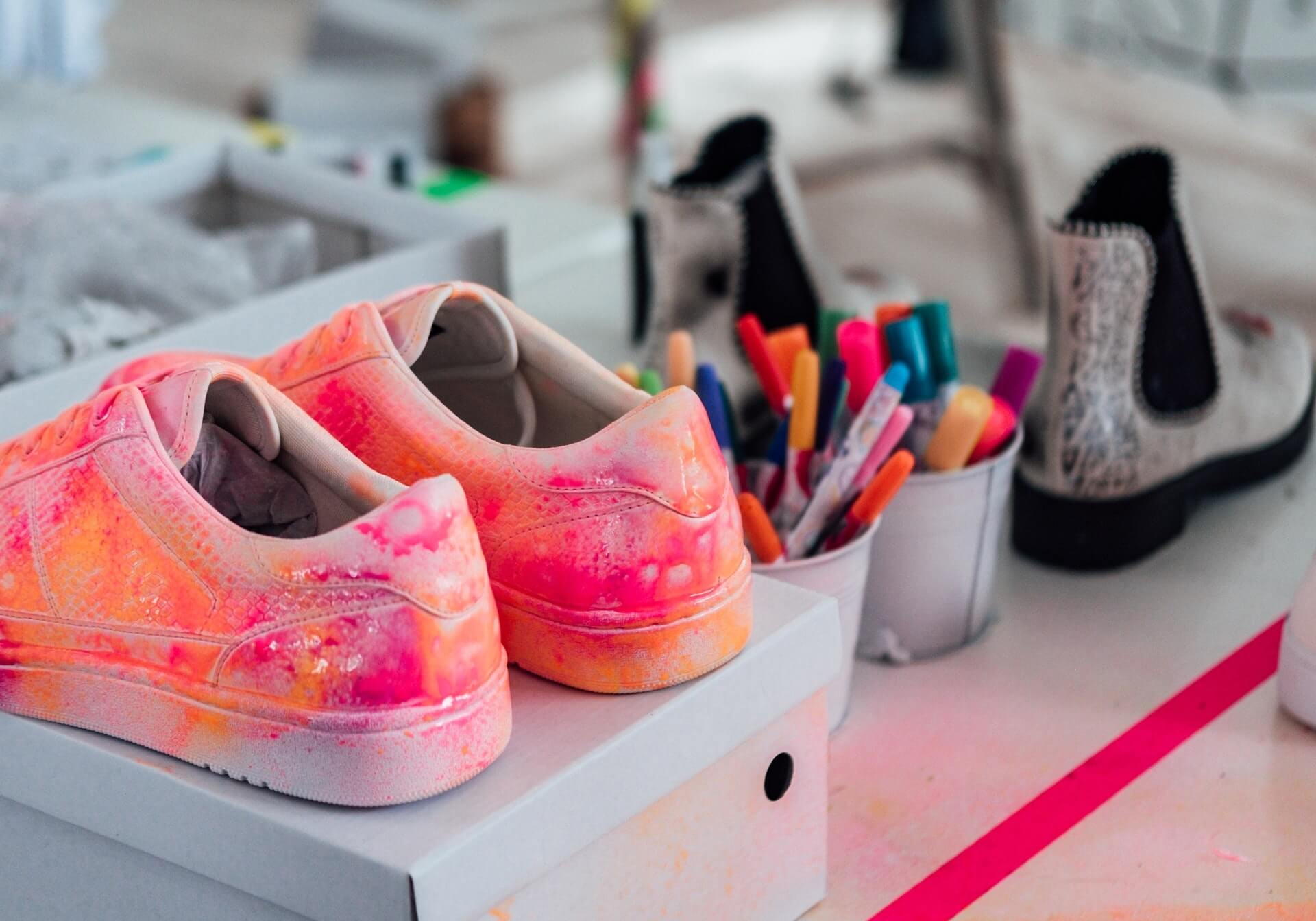
Top Fabric Paints for Shoes
1. Angelus Leather Paint
Angelus is a leading name in the fabric paint world, especially in the sneaker community. Their premium leather paint is designed specifically for use on shoes and leather surfaces. It comes in a variety of vibrant colors, and its flexible formula ensures that your designs remain intact. Users appreciate its durability and ease of application.
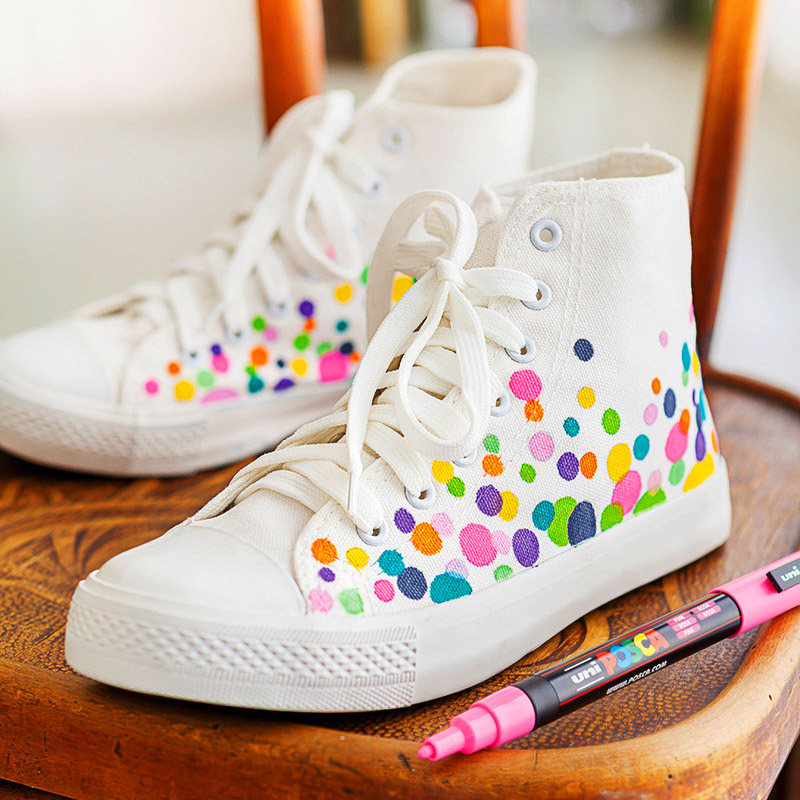
Pros
- Flexible and durable
- Wide color selection
- Ideal for leather and canvas shoes
Cons
- Higher price point
- Requires multiple coats for full coverage
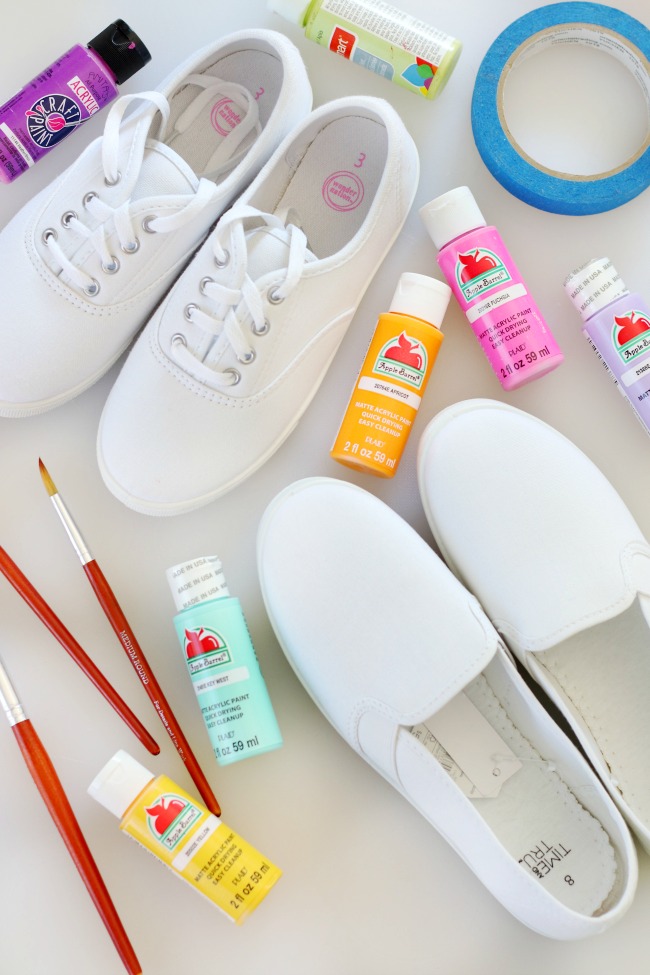
2. Tulip Fabric Paint
Tulip Fabric Paint is perfect for beginners and crafters looking to add some flair to their shoes. Available in a variety of finishes—matte, metallic, and even glitter—Tulip paint is easy to apply and dries relatively quickly. Users often rave about its vibrant colors and ease of use.
Pros
- Great for beginners
- Variety of finishes
- Quick-drying

Cons
- May not be as durable as professional-grade paints
- Can require several coats for bolder colors
3. FabricMate Fabric Paint
FabricMate is a versatile fabric paint option that works on various materials, including canvas and synthetic fibers. Its unique formula provides excellent coverage with a single coat and dries soft to the touch. Many users find it a fantastic choice for customizing sneakers and cloth shoes alike.

Pros
- Excellent coverage with less paint
- Soft finish
- Easy to clean up
Cons
- Limited color selection compared to some competitors
- Not suitable for leather
Case Studies: Real-World Experiences with Fabric Paint
From Drab to Fab: A Custom Sneaker Journey
Meet Jake, a 24-year-old sneaker enthusiast who decided to transform his worn-out white sneakers into a work of art using Angelus Leather Paint. Armed with a few brushes and a vision, he spent a weekend meticulously applying multiple layers of paint to create a galaxy-themed design. After allowing the shoes to cure for 24 hours, Jake was thrilled with the result, not only for the aesthetics but also for the durability of the paint even after multiple wears. The shoes became a conversation starter and even earned him the attention of a local boutique looking for custom pieces.
DIY Canvas Shoes: The Tulip Experience
Sarah, a mother of two, wanted to create matching shoes for her kids, aiming for something fun and colorful. Using Tulip Fabric Paint, she involved her kids in the creative process by letting them pick their favorite colors and designs. They painted designs ranging from stars to cartoon characters. The ease of use and quick drying time allowed them to create their masterpiece in one afternoon. Sarah found that even after a few washes, the colors remained vibrant, making it a delightful project that they could cherish.
Tips for Using Fabric Paint on Shoes
1. Prepare Your Surface
Before you apply any paint, make sure your shoes are clean. Remove any dirt, grime, or oils by wiping them down with a damp cloth. For tougher stains, consider using a gentle soap. A well-prepared surface will ensure better adhesion and a smoother finish.
2. Test Your Colors
Always test your paint on a small, inconspicuous area before diving into your project. This will help you see how the color looks on the material and whether it requires additional coats for full opacity.
3. Use Quality Brushes or Tools
Using high-quality brushes or applicators can make a world of difference in your painting experience. They allow for better control, especially when working on small or intricate designs. Choose brushes that are suitable for fabric paints to achieve the best effects.
4. Seal Your Work
Once your paint is fully dried and cured, consider sealing your artwork with a fabric medium or spray sealer. This additional layer can offer extra protection against wear and fading.
Comparison Table: Top Fabric Paints for Shoes
| Product | Type | Color Range | Durability | Price |
|---|---|---|---|---|
| Angelus Leather Paint | Acrylic | Wide | Highly Durable | $$$ |
| Tulip Fabric Paint | Water-based | Variety | Moderately Durable | $$ |
| FabricMate Fabric Paint | Acrylic | Limited | Moderate | $ |
FAQs About Fabric Paint for Shoes
1. Can I use regular acrylic paint on shoes?
While regular acrylic paint can work, it lacks the flexibility needed for footwear. It may crack or peel when worn, making fabric paint the better option.
2. How do I remove fabric paint from shoes?
If you make a mistake, you can try using rubbing alcohol or acetone on a cotton ball, but be cautious as this may also remove the base material’s dye.
3. Is fabric paint waterproof?
Most fabric paints are water-resistant after curing, but they are not entirely waterproof. It’s best to avoid heavy exposure to water.
4. How long does fabric paint last on shoes?
With proper application and sealing, fabric paint can last for several months or even years, depending on wear conditions.
5. Do I need to seal fabric paint on shoes?
While sealing is not mandatory, it is recommended to enhance durability and color retention.
6. Can I use fabric paint on leather shoes?
Yes! Many fabric paints, especially those designed for leather, are effective on leather shoes, ensuring vibrant and lasting designs.
7. How do I care for painted shoes?
When caring for painted shoes, avoid soaking them in water. Instead, gently wipe them with a damp cloth. Spot cleaning is typically the best approach.
8. Can I use a washing machine to clean painted shoes?
It’s generally not recommended. Washing machines can be too harsh on painted surfaces and may lead to fading or damage.
9. What surfaces can I use fabric paint on?
Fabric paint is most commonly used on canvas and leather, but it can also work on other materials like denim and synthetic fabrics.
10. How do I store leftover fabric paint?
Keep leftover fabric paint in a cool, dry place. Ensure the cap is tightly sealed to prevent it from drying out.
Conclusion
Choosing the best fabric paint for shoes is a great way to personalize your footwear and create unique designs that showcase your style. Whether you opt for Angelus Leather Paint for its durability or Tulip Fabric Paint for its vibrant finishes, understanding the factors to consider will help you make the best choice for your projects. Remember to prepare your shoes, test your colors, and have fun exploring your creativity! With the right materials, you can turn any pair of shoes into a stunning masterpiece.